Together, we can make tourism better
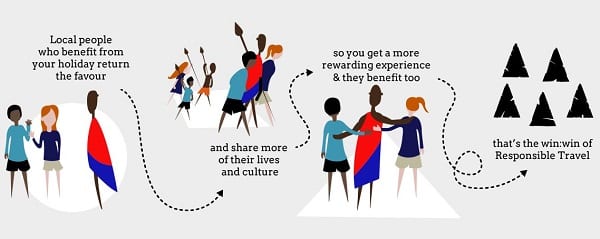
MAXIMUM EXPERIENCE & MINIMUM IMPACT
Responsible travel is a win: win for you, local places and communities.
When we travel we take our holiday in somebody else’s home. Our holidays can impact their environments, cultures, economies and ways of life. Treating local people and places with respect is the right thing to do, and opens up possibilities for more authentic travel.
Travelling responsibly can’t of course fully compensate for the environmental impacts of flying. Read our thoughts on aviation and climate change. But it can benefit local people and give you a far more rewarding and enjoyable holiday.
the win : win of responsible tourism
REDUCING CO2 EMISSIONS
THE 1-2-3 OF REDUCING CO2 EMISSIONS
Responsible tourism creates many benefits locally, but we must reduce the CO2 emissions from our holidays. It would be easy to tell you to carry on as normal and that carbon offsets (paying for a project to reduce your emissions) are the answer. But EU research shows 85% of them don’t work; and shifting responsibility elsewhere is not good behaviour. We dropped offsets in 2009 calling them a ‘distraction’.
YOUR HOLIDAY’S CO2 RESULTS FROM 1) EMISSIONS IN THE DESTINATION 2) HOW YOU GET THERE AND 3) HOW OFTEN AND FAR YOU TRAVEL. WE MUST FOCUS ON REDUCTION, NOT OFFSETS.
- CO2EMISSIONS IN THE DESTINATION
What you eat and buy, where you stay, and how you travel around matters. We are working with our destination partners to reduce CO2, here is what you can do.
- CO2EMISSIONS GETTING TO THE DESTINATION
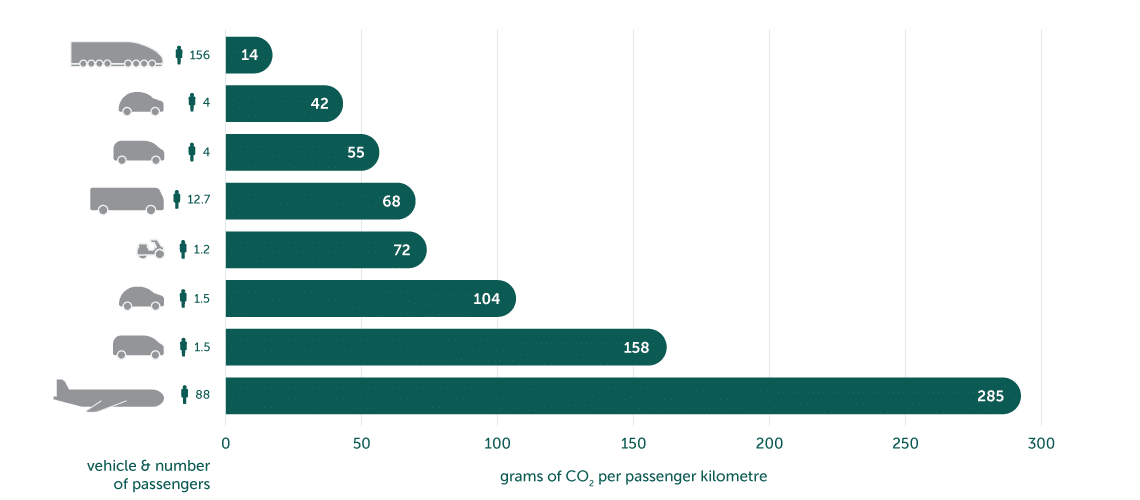
Source: European Environment Agency

Calculate the emissions of a flight.

Compare the emissions of flying with other things in your life.
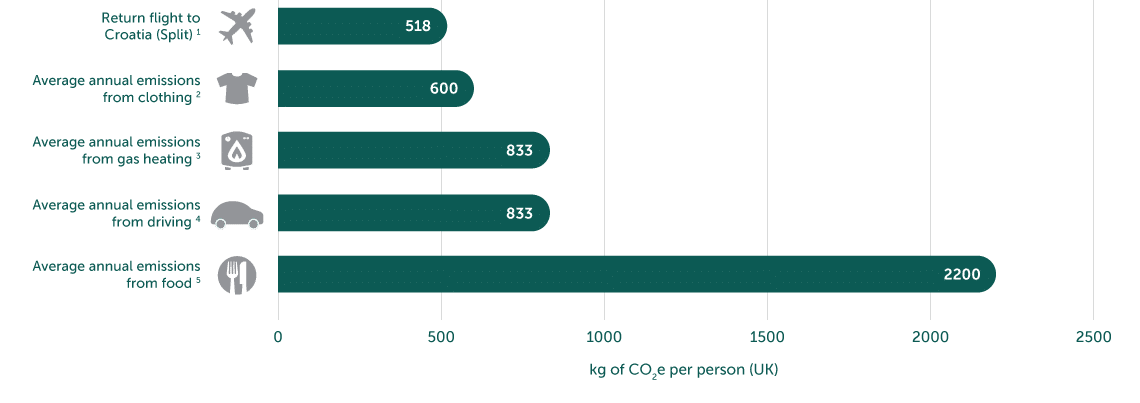
- HOW OFTEN YOU TRAVEL
Fly less
We must fly less (business and pleasure) until zero carbon planes are a reality. Taking fewer holidays with flights, but staying longer, is one way to do this (and more relaxing too!). Taking some holidays closer to home or by rail is another.
Make it count
When you fly, make it count – our holidays have been screened to support local communities and conservation of natural and cultural heritage.
Campaign
As travellers we can’t solve tourism’s role in the climate crisis on our own, and so we have published a Manifesto for Aviation and CO2 reduction and are lobbying hard for change.
Our Sources:
1 Return flight to Croatia (Split) – www.flightemissionmap.org
2 Average annual emissions from clothing – WRAP (The Waste and Resources Action Programme)
3 Average annual emissions from gas heating – Committee on climate change
4 Average annual emissions from driving – Committee on climate change
5 Average annual emissions from food – carbonindependent.org
CARBON OFFSETS DO NOT WORK
Carbon offsets sum up all that is wrong with our approach to tourism and the climate crisis. They perpetuate the idea this crisis does not prevent unlimited growth with old and highly polluting technology; shifts the moral responsibility for carbon reduction to someone else (not the type of behaviour we need to encourage); and finally there is the small matter that they don’t work. From 2021 the EU will stop allowing offsets to be counted towards emissions reductions targets.
We stopped offering carbon offsets as a company over ten years ago and we no longer promote carbon offset schemes on the product pages of our operators, instead encouraging them to discuss the ways in which they are actively reducing carbon on their trips.
The concept of carbon offsets has existed for many years. They occur in two separate contexts, the compliance market and the voluntary offset market. Airline passengers may well be familiar with these, as airlines frequently offer them to customers as a way to compensate for the CO2 emissions from their flights. By voluntarily paying a little extra, based on how much CO2 their flight will generate, a passenger (or businesses) can support an initiative which ‘cancels out’ this CO2 – such as tree planting, a wind farm or the distribution of fuel efficient stoves in developing countries, for example.
However, there are deep set problems with offsetting schemes. Here are some of the issues with offsetting:
- Top schemes have not worked: A 2017 study of offsets, commissioned by the European Commission, found that 85 percent of offset projects under the Kyoto Protocol’s Clean Development Mechanism (CDM) had failed to reduce emissions. This clearly shows that even the very best schemes don’t work. From 2021 the EU will stop allowing offsets to be counted towards emissions reductions targets.
- Offsets cannot act quickly enough; only reductions can: Given the huge growth in aviation in recent years, the continued growth predicted in future, and the limited time period available for reversing the climate crisis, many campaigners and climate scientists believe that the focus should be on reducing the number of flights, not paying for CO2 savings elsewhere which could take years to take effect and have little guarantee of working. In the case of forest planting for example, trees do not reach their average carbon storage capacity until they are between 15 and 35 years old – far too long given the urgency of the climate catastrophe we are faced with. We do not have the luxury of time if we are to keep global heating below 1.5C. Carbon offsets can therefore never radically reduce emissions at the speed required.
- Offsets distract from the real issue of necessary reductions: Offsets can deter consumers from reducing the number of flights they take, as they claim to provide a ‘guilt-free’ way to travel. Friends of the Earth have previously referred to them as a ‘dangerous distraction’. For these reasons Responsible Travel stopped offering offsets to our customers in 2009, as we simply didn’t believe they achieved their aim. “Most people just fly occasionally but there’s this small group who are very frequent fliers. And these people cannot be using offsetting to allow them to carry on business as usual,” says Professor Kevin Anderson of the Tyndall Centre for Climate Change Research in Manchester, UK.
- Offsets shift our moral responsibility to reduce, to someone else: The concept of paying other people, in another corner of the world, to cut your emissions instead of cutting your own is fundamentally flawed. Environmentalist George Monbiot has said: “Buying and selling carbon offsets is like pushing the food around on your plate to create the impression that you have eaten it.”
- Offset programmes may have happened regardless: In theory, offset schemes must ensure that additional trees are planted, or more stoves are distributed, than would have happened without the scheme. This is known as ‘additionality,’ and it is frustratingly hard to prove. If the wind turbine is going to be built regardless, the offset contributed no extra benefit, and no carbon has been offset.
- Difficulty in measuring offsets’ contributions: In the case of forest carbon offsetting for example, it is very difficult to calculate the amount of CO2 that is stored in a forest (the only truly accurate way involves cutting it down and burning it).
- Carbon storage in trees is temporary: Many carbon calculations assume newly planted trees will be there for a century; this is wildly optimistic. As well as fire, disease, storms and natural decay, there is a huge issue with the number of trees that are harvested illegally. For example Austrian Airlines AG, EasyJet Plc and Virgin Atlantic Airways Ltd have paid to have forests planted only to see that they have later been cut down. Furthermore, it may be the case that by paying to protect a piece of forest from logging for example, you successfully protected that particular area. However, the logging company may have then subsequently bought a similar plot of forest nearby to chop down instead. This is known as ‘carbon leakage’.
- Offsets impact on indigenous communities: Often communities have very little say in the schemes, despite the fact that their livelihoods are often affected as a result. Schemes which prevent logging in tropical forests have been accused of harming the traditional ways of life of indigenous people; forest communities are effectively paying the price for our cheap flights.
- No incentive for reducing emissions or decarbonising air travel: ‘Mitigation deterrence’ – that is the promise of cheap and easy CO2 removal means that offsets are a barrier to the aviation sector acting earnestly to reduce emissions significantly now. They provide a quick fix and delay the need for urgent innovation and investment by allowing the continued use of emissions-intensive fuels. As Professor Kevin Anderson says: “If offsetting is deemed to have equivalence with mitigation, the incentive to move to lower-carbon technologies, behaviours and practices is reduced accordingly.” If companies, governments, shareholders and consumers believe they can merely pay a few dollars to offset their carbon use then it is no wonder there is insufficient investment in railways, aviation demand management or decarbonisation research and development.
- Take up rates: Take up rates among consumers for voluntary offset schemes are historically low, at around 1 percent.

Aeroplane chemtrail. Photo credit: Gralo
Initiatives such as the Carbon Offsetting and Reduction Scheme for International Aviation (CORSIA) function on a global scale, and – from 2027 – a mandatory one. At the end of each three-year phase of the scheme, airlines will need to buy credits to offset their CO2 emissions for those years.
The big debate concerns which climate initiatives to allow as offsets. Of course, creating a market for offsets incentivises countries to develop their own green initiatives, so that they can sell offsets. However, given that many of these initiatives would have gone ahead anyway, there are concerns about additionality – buying offsets from these schemes creates no additional reduction in emissions. These have been called ‘junk credits’, and many environmental campaign organisations have called for these to be excluded from the Paris Agreement and other climate targets, saying that they threaten our ability to really reduce global carbon emissions.
There are, of course, some excellent emissions reduction projects being set up. But counting these as offsets is not necessarily the best – or most honest – way of going about this. Counting an offset as an offset when it is not actually compensating for carbon emissions is only going to make the climate crisis worse.
 United Kingdom
United Kingdom United States
United States Asia Pacific
Asia Pacific




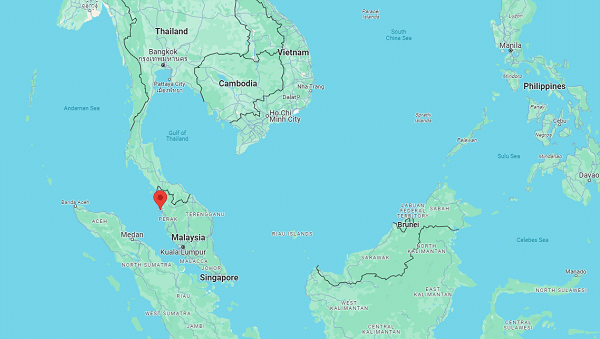
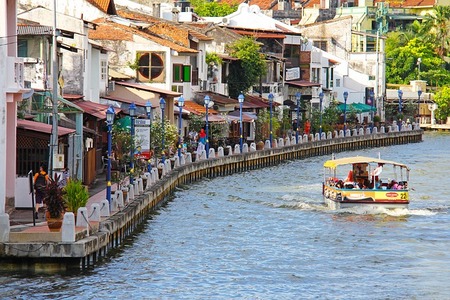
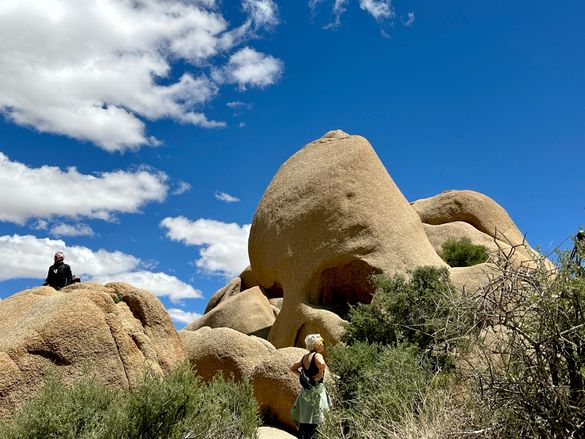



























BA pilot dies during layover
Woman dies after getting ‘entangled’ in baggage carousel
Dozens fall ill in P&O Cruises ship outbreak
Turkish Airlines flight in emergency landing after pilot dies
Boy falls to death on cruise ship